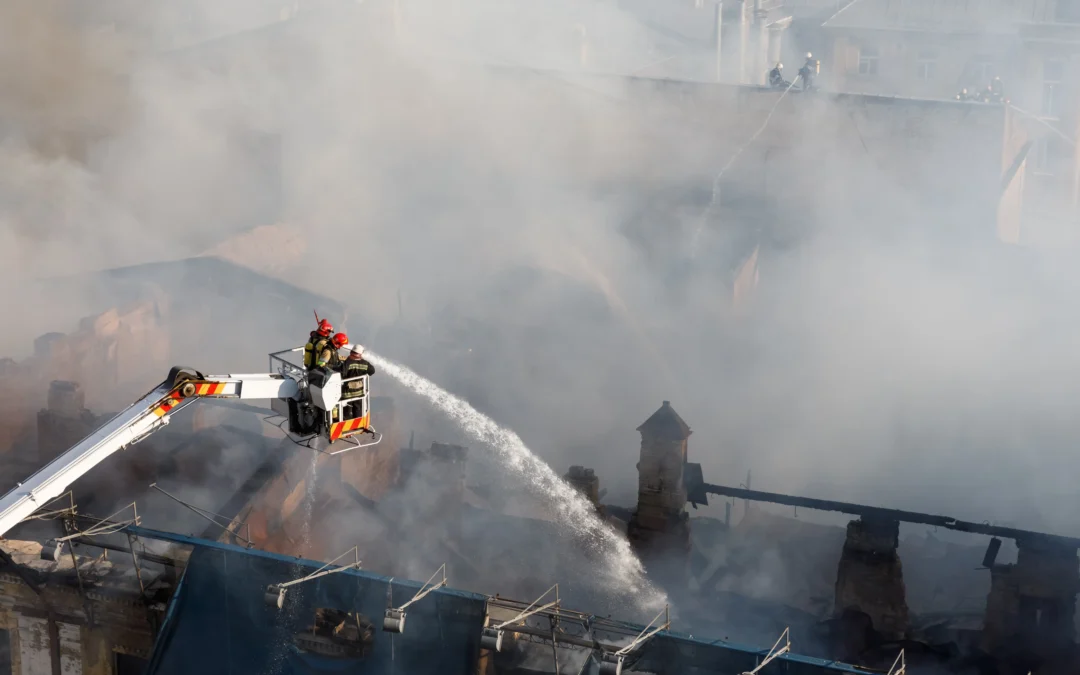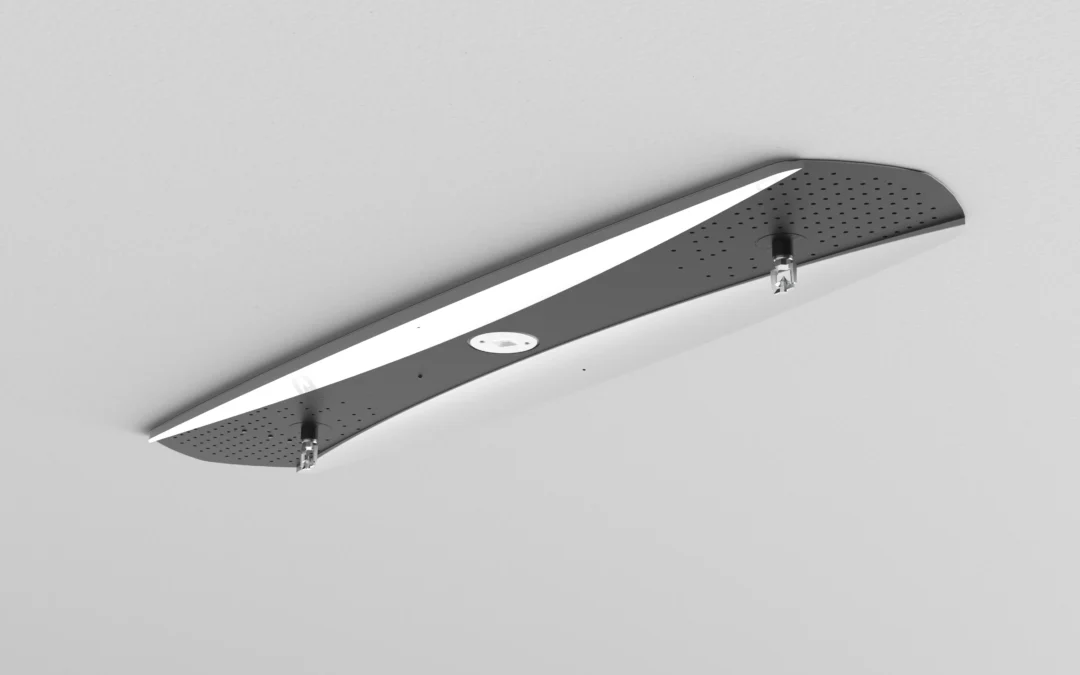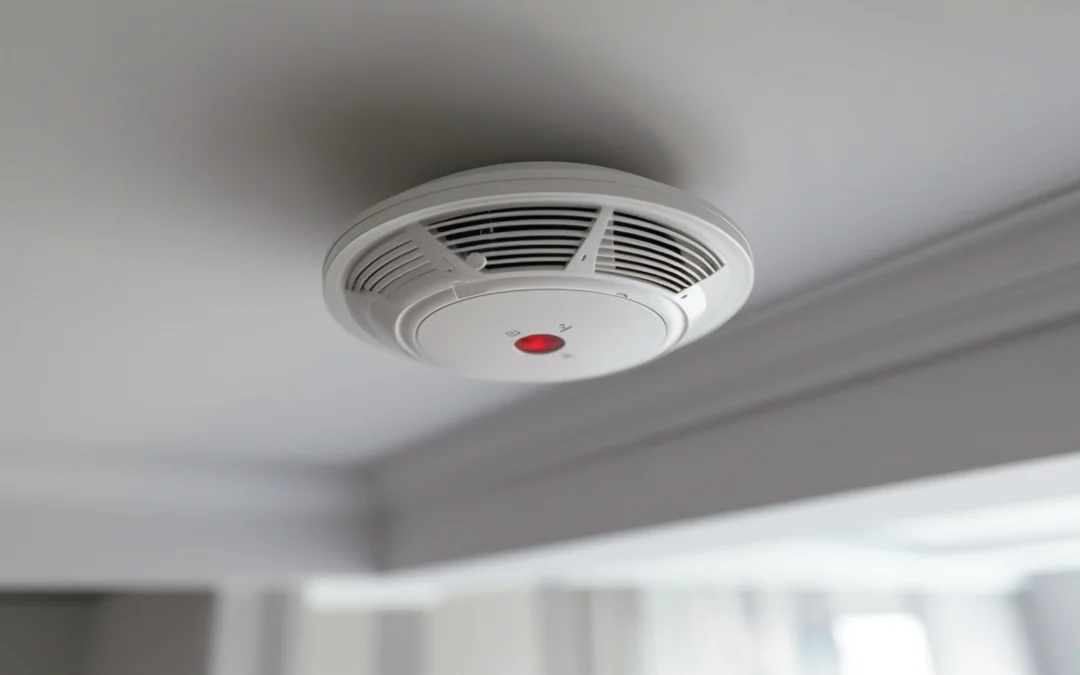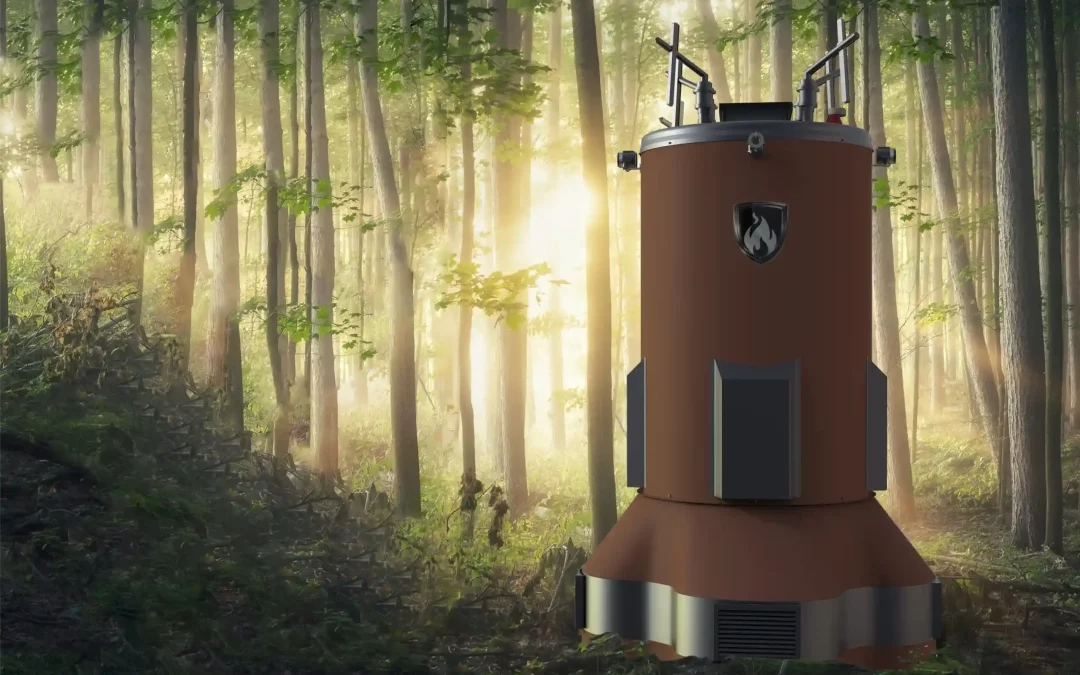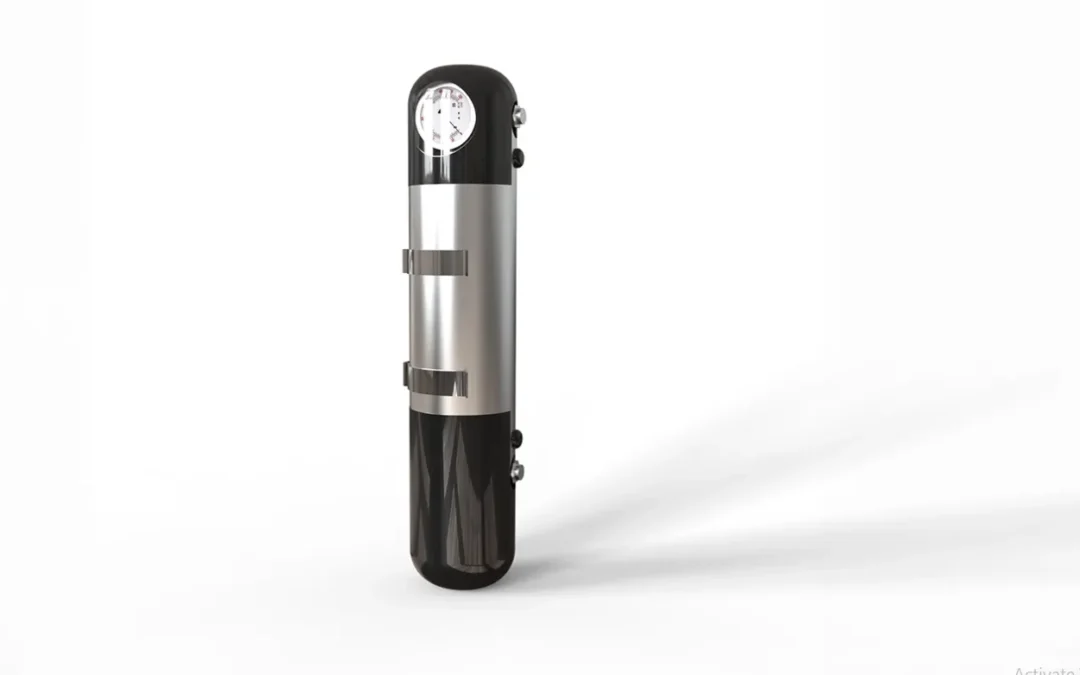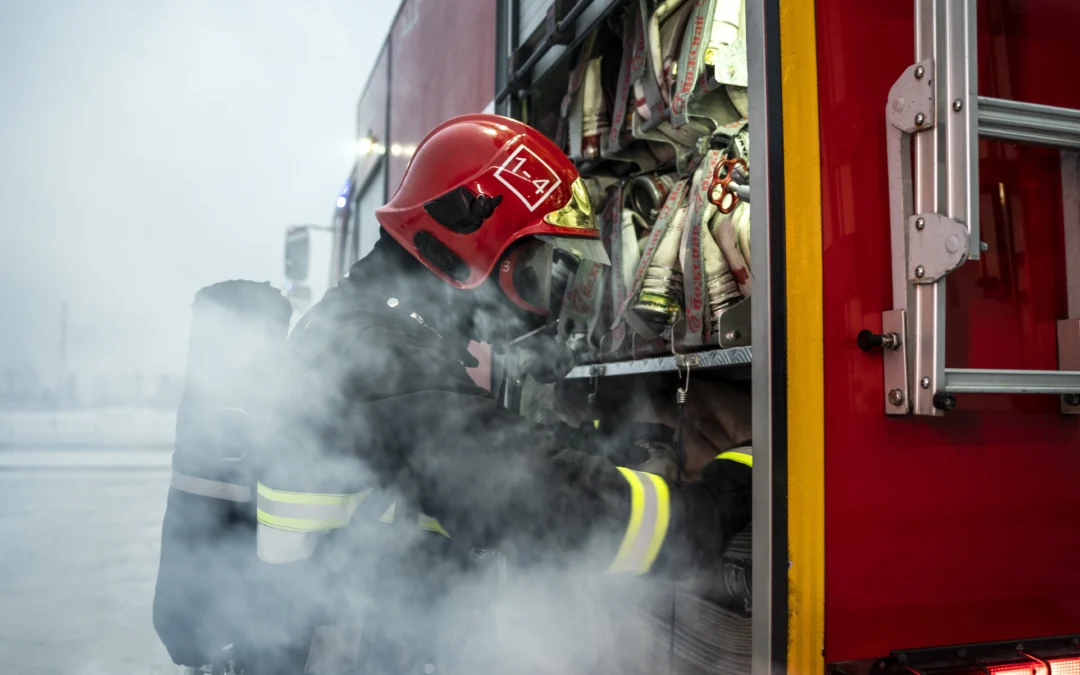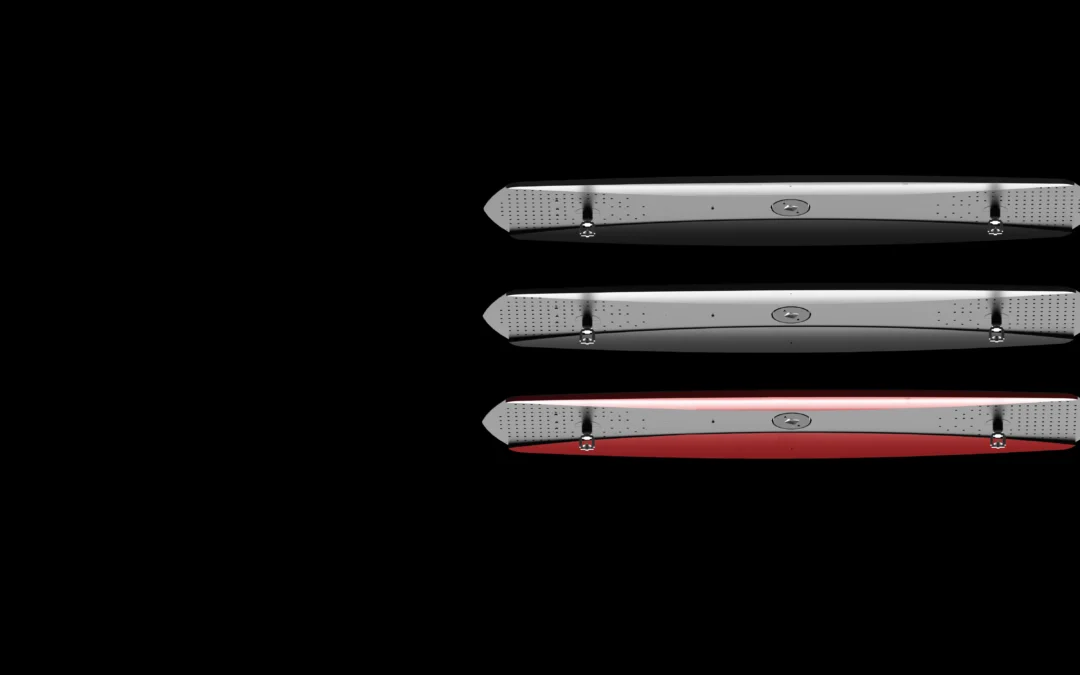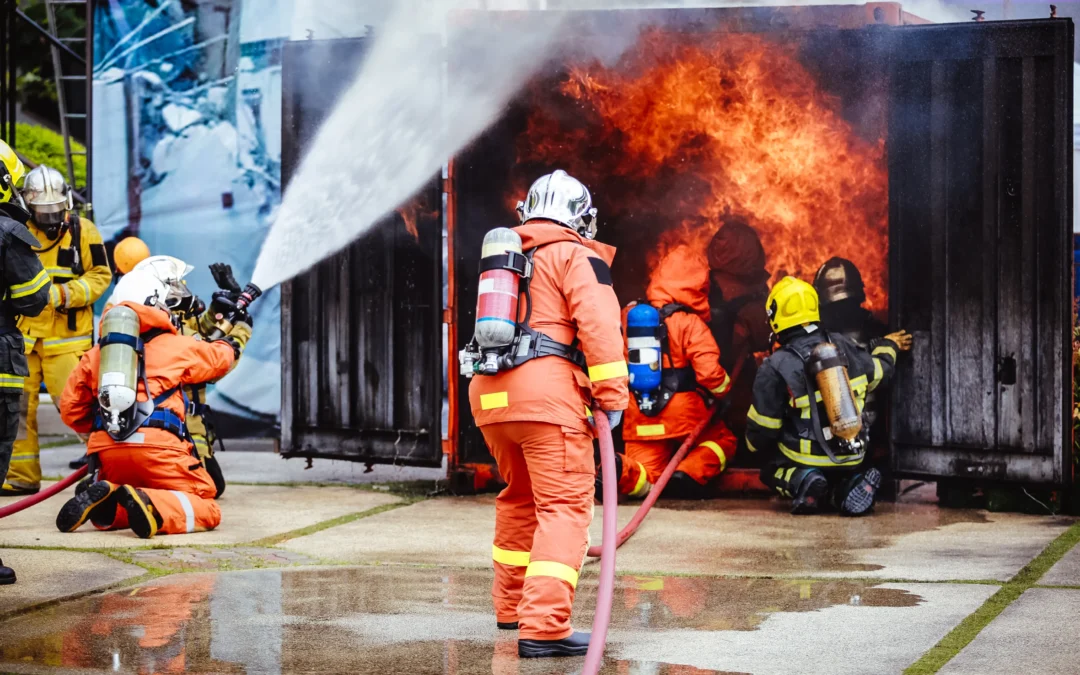Fire is among the gravest threats a property or operation can ever suffer from. Scarcely has a fire started in a warehouse, retail outlet, industrial plant, or vehicle when it begins spreading with extreme rapidity, endangering lives, infrastructure, operations, and incurring dire monetary losses.
Fire damage worldwide runs into billions of dollars every year; however, many of these incidents could have been prevented or, at least, minimized had appropriate systems for fire suppression been in place.
This article examines how fire suppression systems operate, why they are pertinent in safety and business continuity, and how different systems apply in different settings.
Understanding Fire Suppression Systems
A fire suppression system is an engine built for the specific purpose of detection, control, and suppression of fires before they spread. Unlike traditional systems that use only water as the agent, modern fire suppression systems use a range of agents like foam, dry chemicals, clean agents, or inert gases relative to the composition of a given area and the fire hazards involved.
Systems are typically divided into 2 categories:
Active Systems – When these systems detect a fire or a condition related to a fire, they respond automatically. Water-based sprinklers, chemical-based suppression, mist systems, and gas-based systems fall into this category.
Passive Systems – These are highly Fire-Rated materials, barriers, and doors that slow down the spread of fire and smoke, thus giving occupants more time for safe evacuation.
Most effective fire protection strategies use a combination of both.
How Fire Suppression Systems Protect Life
1. Immediate Emergency Response.
Time is of the essence with respect to fire. Suppression systems that act within seconds of detection make a fast response to bring the fire under control. This fast response, therefore, minimizes the danger to the occupants of the building and gives more time for safe evacuation.
2. Lesser Risk of Smoke Inhalation.
Smoke and toxic gases are the real fire-killers. By slowing down flame spread, these systems thereby minimize smoke production, thus reducing inhalation injury during evacuation.
3. Allows Evacuation Routes to Remain Clear.
By attacking fires early on, suppression systems protect paths of evacuation from becoming blocked. This is especially important in larger buildings where blocked hallways or stairwells can trap occupants.
Asset Protection and Business Continuity
1. Protect Assets and Infrastructure
Anything small and water-sensitive goes. Clean agents or, preferably, gas-purge systems are best indicated in settings where water may destroy more than fire. They suppress fires with no residue or damage to delicate components.
2. Preventing Long Downtimes
Nevertheless, if unchecked, fires can force operations to close down for weeks or months. A good suppression system prevents fire escalation, thereby protecting recovery time and financial losses.
3. Along with Inventories and Stored Materials.
Storage facilities, warehouses, and commercial premises hold large volumes of combustible materials. Suppression systems designed for specific zones use foam in the fuel or chemical storage areas, thereby reducing the risk of widespread damage.
Common Fire Suppression System Types
Water-Based System
This encompasses standard sprinklers and water mist systems, the latter being less damaging to sensitive materials while reaching the very cool fine droplets that put out the fire.
Best for: Offices, residential complexes, malls.
Chemical Suppression Systems
Dry chemical systems stop a fire quickly by interfering with the chemical reaction.
Best for: Manufacturing plants, industrial kitchens, petrol stations.
Gas-Based / Clean Agent Systems
These systems work by discharging inert gases or clean agents that avoid fire without causing any residue or moisture.
Best for: Data centers, control rooms, museums, archives.
Foam Suppression System
These form a foam blanket over the surface of flammable liquids, starving the fire of oxygen.
Best for: Oil storage facilities, vehicle bays, chemical processing plants.
Portable Fire Suppression Units
Small units for mounted installation in vehicles, boats, or any small closed environment providing localized protection.
Best for: Transport fleets, food trucks, marine vessels, and small equipment rooms.
Key Benefits of Fire Suppression Systems
Life-saving intervention during smoke inhalation
Less risk of human casualties due to smoke inhalation
Asset protection, including equipment, data, and infrastructure
Less downtime and operational disruption
Efficiency in safety regulation implementation
Reduced premiums on insurance and enhanced business continuity
Conclusion
Modern safety and risk management depend on fire suppression systems. Providing peace of mind and practical security, these systems protect tall buildings, industrial facilities, and mobile operations.
By mitigating the aggressiveness of fire and providing time for escape, they protect life and livelihood; they also avert vast destruction in many cases, even before it begins.


